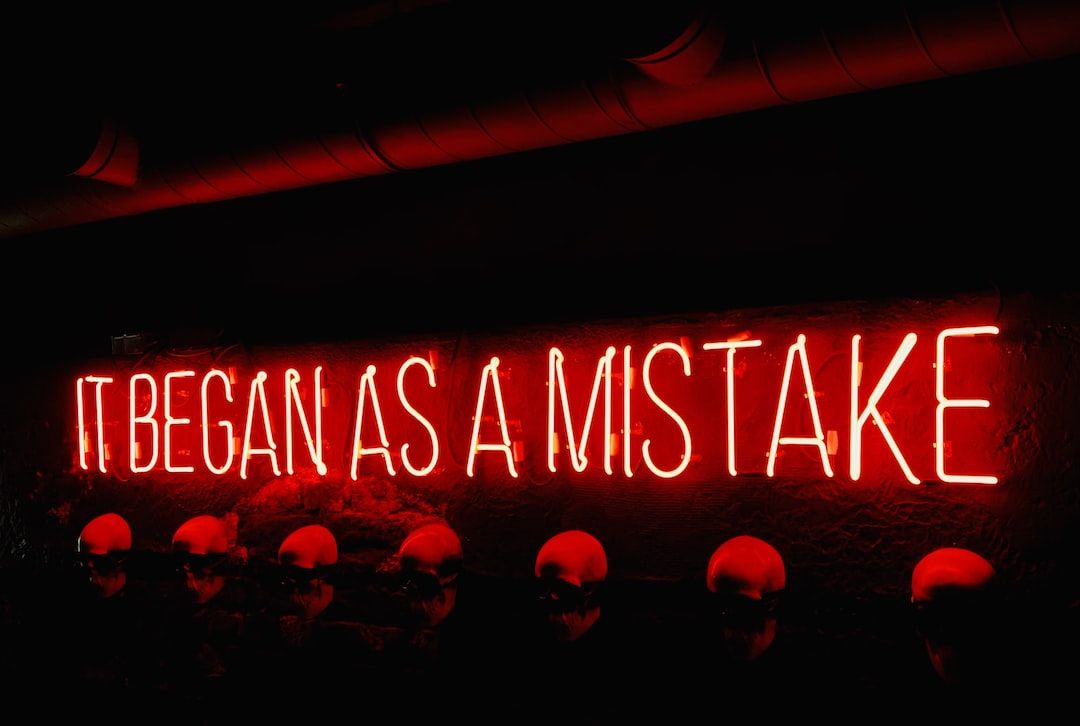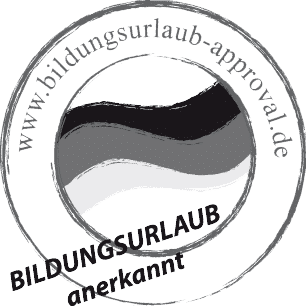We tell students 'it's ok to make mistakes' - but how do we make sure they feel like it's really ok?
This post explores practical ideas for creating a safe space for experimentation.

Hi there, this will be the first in a series of blogs exploring
practical ways we can create the conditions most conducive to learning in our
classrooms.
This all came about after I watched a tiktok of some guy
having a meeting with his manager – he was top-performing in his company but
didn’t get a pay rise and was told he was being paid ‘below average’ against
the industry standard. So he decided to became a ‘below average’ worker.
The manager
and the company had unknowingly created the conditions where he did the exact
opposite of what they wanted.
This made me ask myself a couple of key questions:
What conditions are we creating in our classrooms?
Do these align with what we want to happen?
What practical steps can we take to align our behaviour with the conditions needed for learning to occur?
These posts are designed to help us all create the learning conditions we want to.
Ideally we have to show students the value in making them.
To find out exactly how we all do this, I asked a number of my colleagues in the staffroom what they did and here are their answers:

The classroom is a place where mistakes shouldn’t be punished as this is where they are learning, so if you find yourself frustrated, ask yourself why. Is it because you feel they aren’t trying or because you feel you aren’t doing a good job? For me, it’s usually the latter. If they can make mistakes, so can I and it’s no big deal. Use your face and voice to encourage answers and react to the students as people. This helps build rapport (more on this in another blog post at some point, I imagine). But basically if you don’t think it’s a big deal, they are less likely to think so too. So keep an eye on when you think it's a big deal and why.


Create the classroom as a rehearsal space, rather than a performance space. Or, in Breen’s terms the classroom is a laboratory where students 'run experiments’. In practical terms, this means getting students (particularly low level learners) to do lots and lots of practice with revision and reviewing. This could also mean having a ‘performance’ space outside the classroom, so working with students before they ‘publish’. This could be a padlet, where they put recordings of themselves or written work, maybe a class blog that they publish or something that can be sent home to family.

There’s this great TED talk by Carol Dweck about growth mindset in education and one really great idea that I got from it was about rewarding process rather than the product. You can get the students to identify where they are now and then where they were at the end of the activity. If they’ve moved forward, great.
For example, ask: How many did you get right at the start? 4? Ok, and then what did you do? Compared, asked questions etc. Great, and how many did you get right at the end? 6. Fantastic, so what worked to help you? Good strategy!

In exam classes, students often feel that they will be heavily penalised for any mistake they make. They think that they start with top marks / 100% and any slip loses them a mark, but that’s not actually the case. Examiners are looking for control over language items – obviously, you do get penalised for mistakes but not in quite the way that learners imagine. So, for example, if you mostly use articles in English correctly but once or twice you use the wrong one, that won’t make a difference to your mark. But if you consistently make mistakes with articles, that will make a difference, because it shows you lack control over the article system in English. One way to get learners to see this is to use written feedback or recordings of speaking tasks. Get them to review what they’ve done and find the errors. Then they decide whether the errors would make a difference / affect their grade or not. If there are consistent errors in one area, then the student knows they need to really work on this. If it’s a slip and there are other examples of correct use, they don’t need to worry.

After delayed feedback (you know, where you collect it on the board and then after an activity, the learners correct the utterances that you’ve written up), get the learners to discuss what they can do with the utterances now, and then do a bit of practice using the corrected phrases. Then ask them to reflect ‘How did looking at these mistakes help you?’ and see what they say. Making the positive impact of ‘mistake making’ can be really helpful.
Breen, M. (1985). The Social Context for Language Learning—A Neglected Situation? Studies in Second Language Acquisition, 7(2), 135-158. doi:10.1017/S0272263100005337
Dweck, C. (2014) The power of believing you can improve A TED-x talk.







